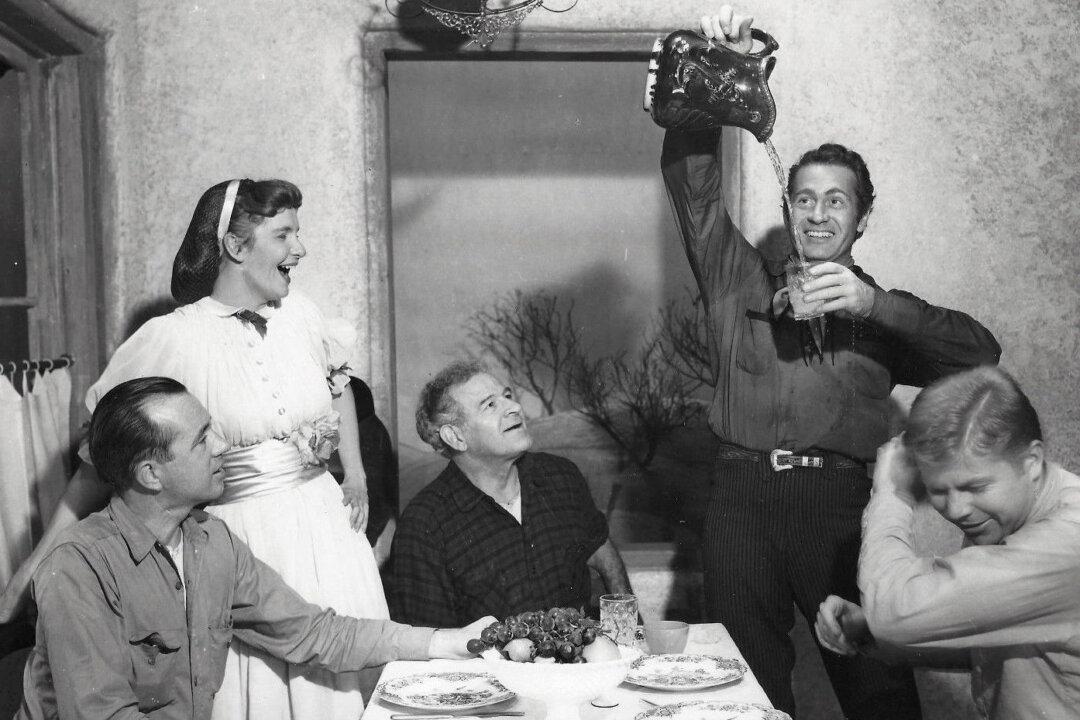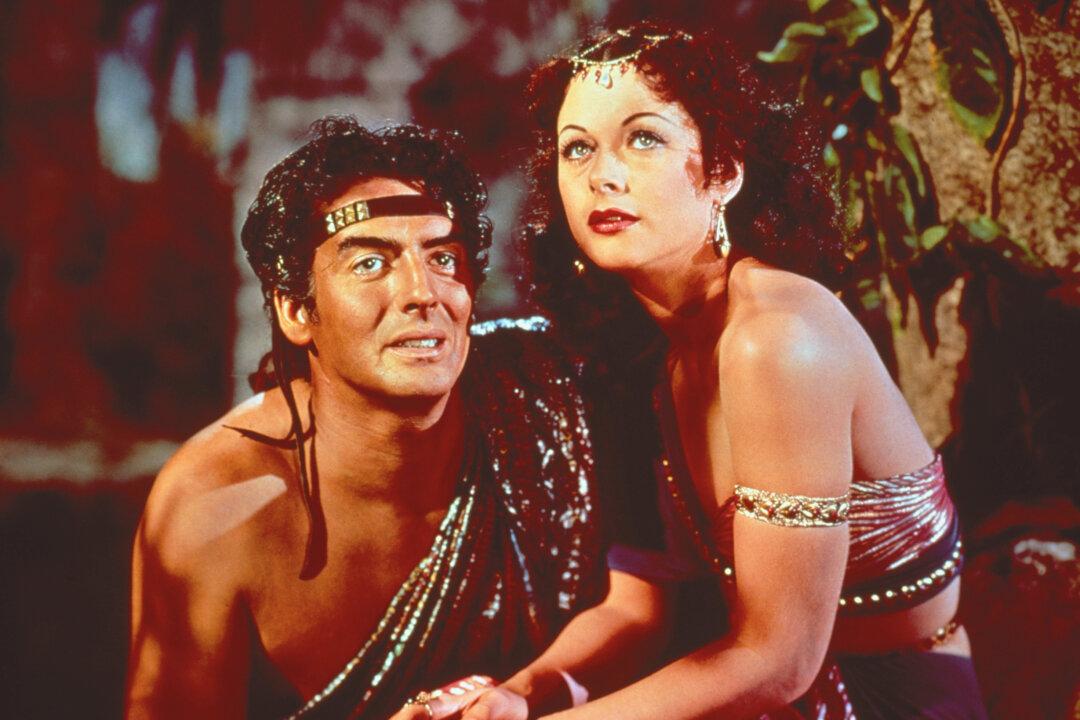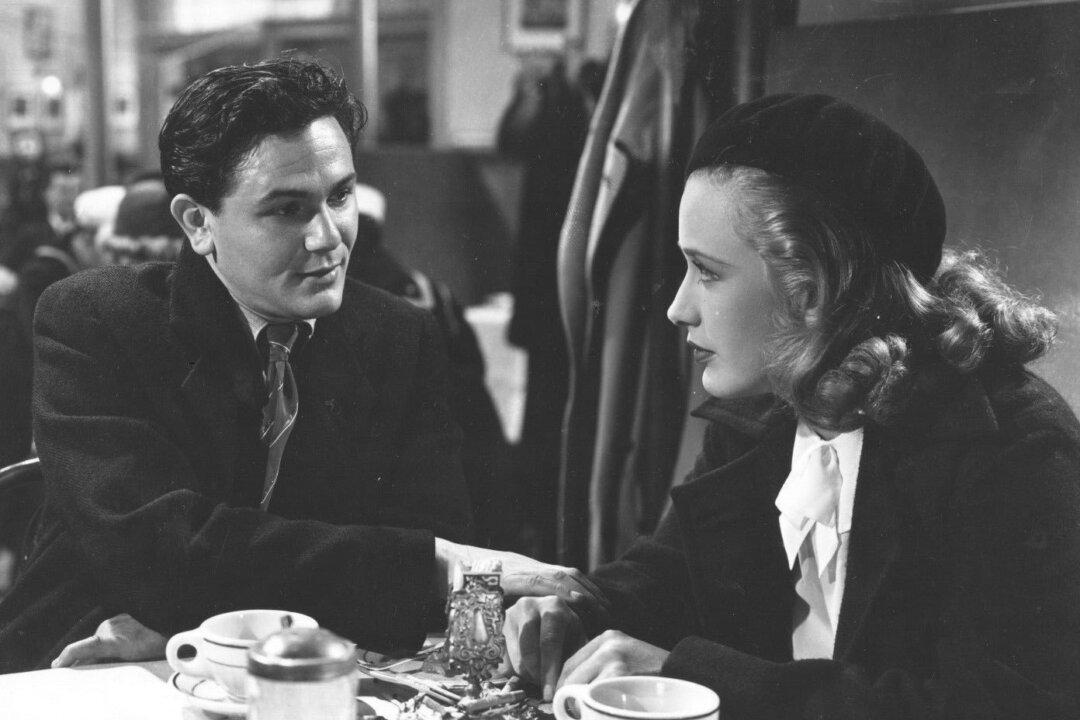Commentary
“The Rainmaker” is a fanciful title for a film. Just from the title, it could be about a native witch doctor or perhaps a reference to symbolic precipitation. Nevertheless, this 1956 film starring Katharine Hepburn and Burt Lancaster is set in the United States of America and based on a real person who claimed he could relieve drought by bringing rain. It was adapted from the 1954 play of the same name by N. Richard Nash; since the playwright himself wrote the story for the screen, the film was probably very similar to the play. Although the plot was Nash’s invention, it featured a character inspired by a man who made a name for himself in Southern California a hundred years ago, Charles M. Hatfield.





